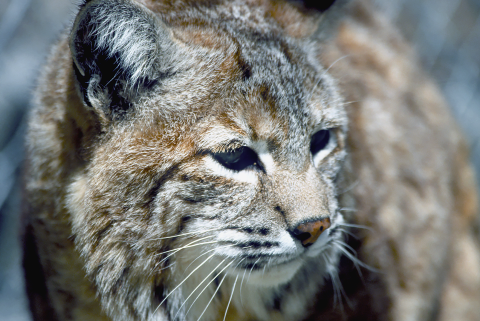Bobcats are quite common throughout the state, and they are a popular quarry among fur harvesters.

Beginning in 2018, Idaho Fish and Game implemented a statewide effort to gather more information about bobcat populations through a voluntary bobcat jaw collection program. Since then, Fish and Game has been reimbursing hunters and trappers who turn in the lower jaws of bobcats they harvested.
So far, here is what has been learned from the 2019 and 2020 seasons.
- 260 jaws were submitted in the 2019 season, and 220 were submitted in the 2020 season.
- The average age of bobcats harvested in the Panhandle was 2.19 years, slightly lower than the statewide average of 2.42 years.
- The oldest bobcats sampled in the Panhandle were 12 years old, from Game Management Units 1 and 7.
- Harvest was a near even split between males and females across the state, but in the Panhandle it was a 60:40 male-to-female harvest ratio.
- In the Panhandle, GMUs 1, 4 and 6 were the most productive for bobcat harvest.
Why a lower jaw?
Good question.
The lower jaw is full of information to help us better understand the age and sex structure of harvested bobcats. Similar to counting the rings on a tree, growth rings can be counted on the teeth (lower canine) pulled from the jaws. Small tissue samples can be collected from the jaw to genetically confirm the sex of the harvested bobcats.

On top of that, for every jaw turned in, sportsmen also report the GMU of harvest, harvest date, method of harvest and harvester’s estimate of the animal’s age and sex.
How is the information being used?
Another good question.
Information from jaws is used to confirm the accuracy of our harvest data and will ultimately be used to examine the genetic health of and influence of harvest on bobcat populations across the state. All this means we’ll be even better equipped to make the best season setting decisions, ensuring the continued enjoyment of Idaho’s wildlife resources for generations to come.
None of this could happen without the participation from sportsmen, so a big thank you to all hunters and trappers who submitted bobcat jaws and helped make this research possible!

Results are pending from the 2021 and 2022 seasons, and jaw collections will continue during the 2023 season. Please contact your local Fish and Game Regional Office for questions and information about submitting jaws.
Please contact the Panhandle Regional office at (208) 769-1414 with any questions.
Follow us on the Panhandle Region Facebook page for regular updates and news.

